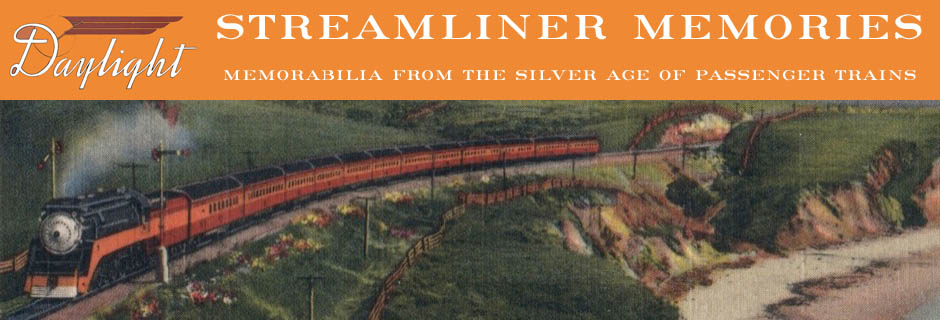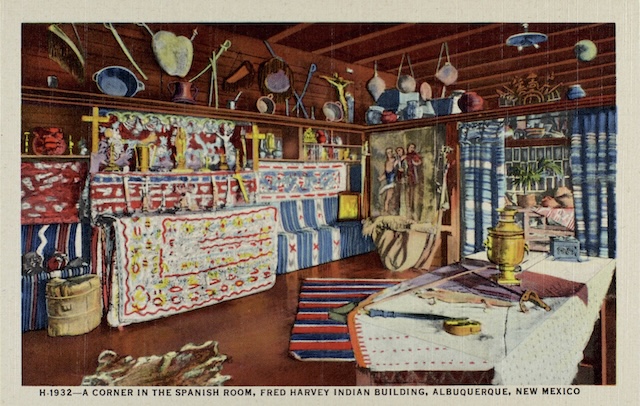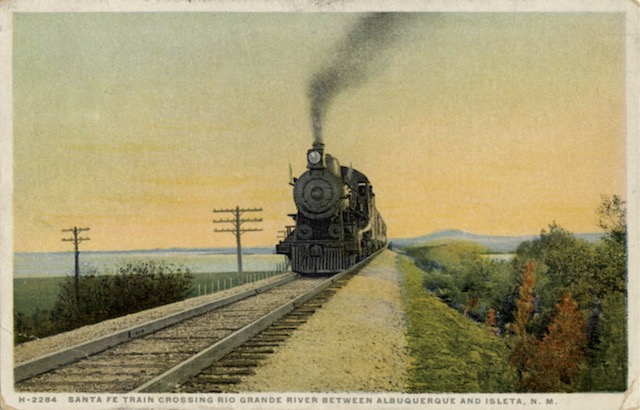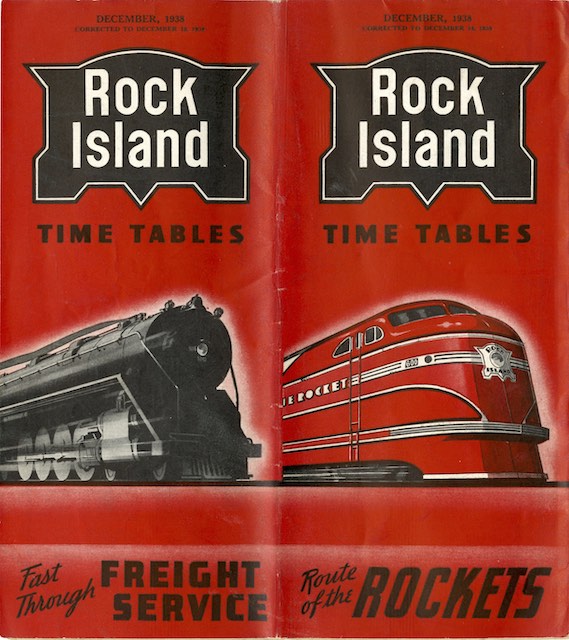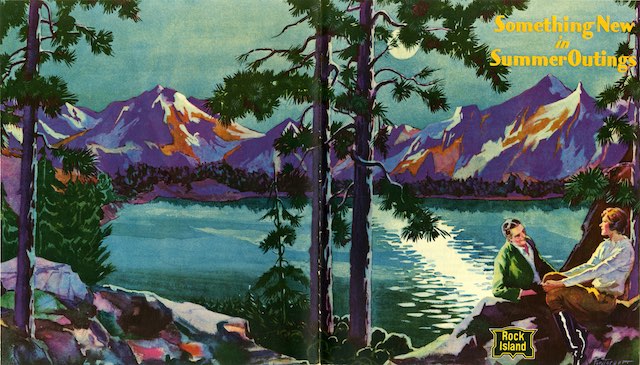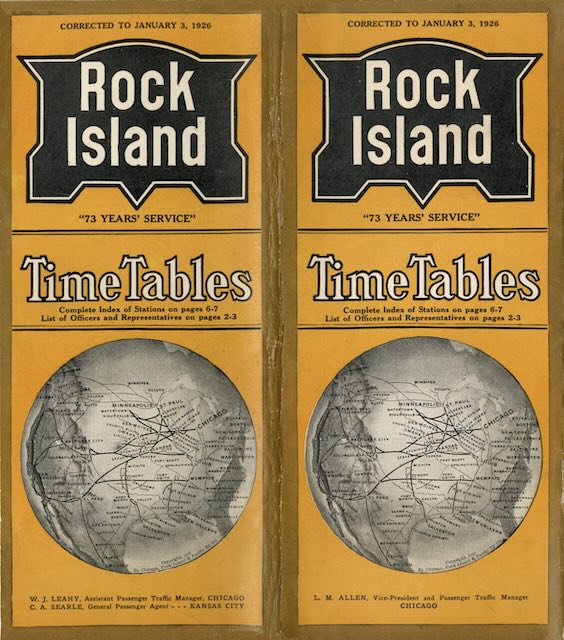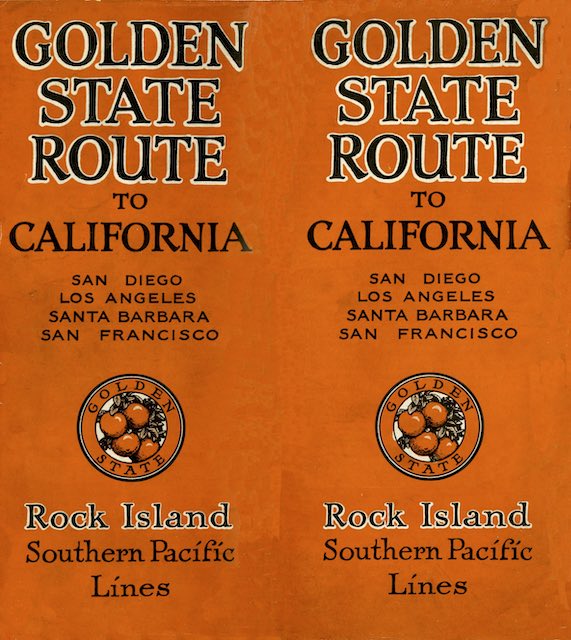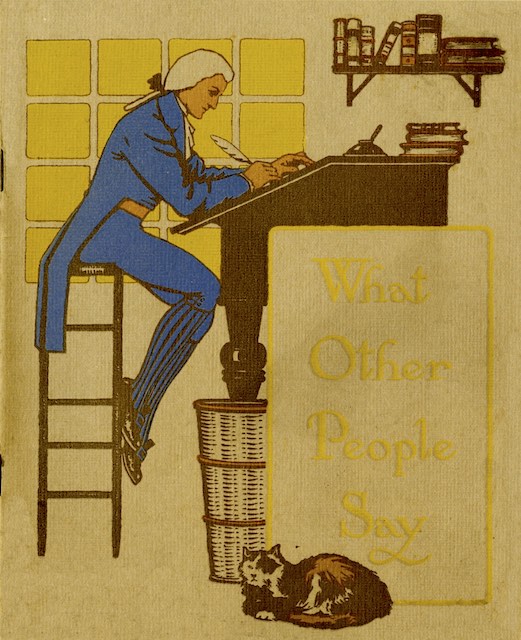The underlying theme of this brochure is that the south rim of the Grand Canyon that was served by the Santa Fe was open year round. Unmentioned except by implication is that the north rim that was served by Union Pacific was only open in the summers.
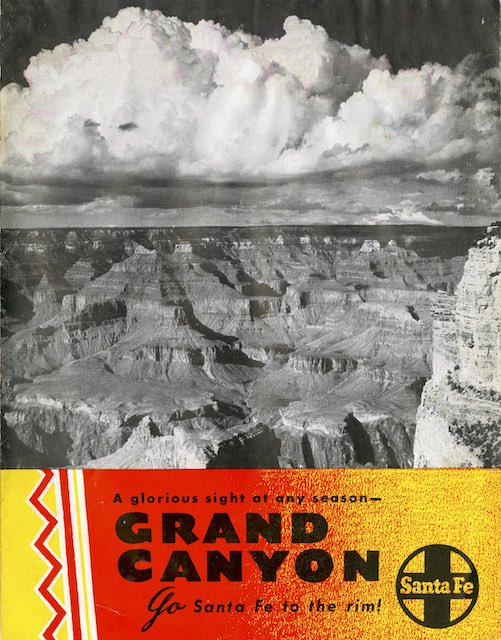 Click image to download a 4.0-MB PDF of this brochure.
Click image to download a 4.0-MB PDF of this brochure.
This 8-1/2″x11″ brochure, which unfolds to 25-1/2″x11″, describes all of the activities that could be enjoyed at the south rim (some of which, presumably, took place only in the summer). These included mule rides into the canyon, watching Indian dances, motor coach trips along the canyon rim, and of course eating and staying at Fred Harvey hotels, lodges, and camps. Continue reading
